William H. (Bill) Inmon
Bill (William H) Inmon is well known as the father of data warehousing and the Corporate Information Factory. A prolific creator, he has authored over 50 books, written numerous articles, developed influential ideas and started several businesses. Bill Inmon is a popular speaker who makes several well attended appearances each year. In the last few years, he has championed the use of unstructured data in analytics and has coined the term, DW 2.0, to describe this approach. Bill is a leader in our industry.
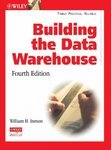 |
Building the Data Warehouse
2005, Wiley (4th edition), W. H. Inmon
This updated edition of Building the Data Warehouse adds important topics to this pioneering book which jump started the data warehousing field. Both basic and advanced topics are included, ranging from comparison of relational and dimensional designs to measuring the return on investment from data warehousing projects.
A detailed design review section provides practical guidance to building an effective data warehosue.

|
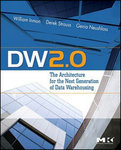
|
DW 2.0: The Architecture for the Next Generation of Data Warehousing
2008, Morgan Kaufman, Authors: William H. Inmon, Derek Strauss, Genia Neuschloss
Get in step with the new generation of data warehousing with the book DW 2.0.
Here you will learn about current technology including: unstructured data, timebased data, metadata, ETL and data quality. This information can help you to move your data warehouse to the next step.
 |
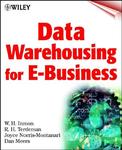 |
Warehousing for E-Business
2001, Wiley, Authors: William H. Inmon
Succeeding in today’s online sales environment is the focus of Data Warehousing for E-Business. How can e-business information be used to identify sales opportunities? This book shows how it is done. Ahead of its time, in 2001, this Inmon book provides the link from corporate data structures to the customer through an agile approach
to e-business.

|
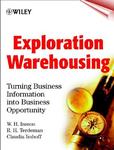 |
Exploration Data Warehousing
2000, Wiley, Autors: William H. Inmon, R. H. Terdeman, Claudia Imhoff
Through several case examples Exploration Data Warehousing shows the process of exploring data as well a patterns in data that can lead to business opportunity. Discovering hidden patterns in data is a great skill to have.

|
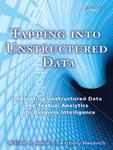 |
Tapping Into Unstructured Data
2007, Prentice Hall, Authors: William H. Inmon, Anthony Nesavich
Learn how to integrate text into your unstructured environment, including your data warehouse. Powerful techniques presented through case studies show you ways to utilize unstructured data in practical situations.

|





